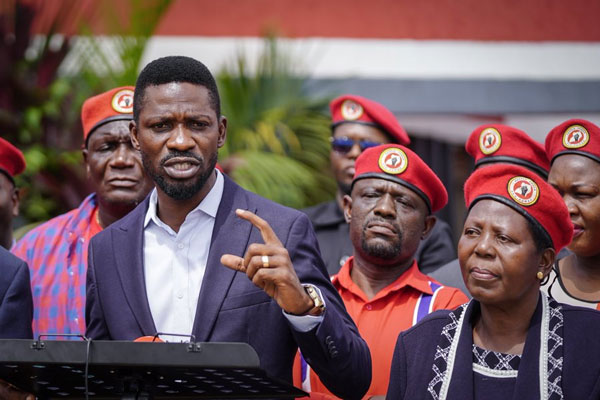As Uganda heads into what is expected to be an intense election season, political excitement is rising across the country. With nominations for Members of Parliament (MPs) happening in August and September, one key question has emerged: how is parliamentary representation spread across Uganda’s regions?
The country is divided into four major regions—Eastern, Western, Northern, and Central. Each of these is made up of electoral constituencies, and each constituency elects one MP. Additionally, each district has one woman representative, while other seats are set aside for special interest groups like youth, people with disabilities, and the army.
Based on official 2021 data still in use today, Eastern Uganda has the highest number of MPs nationwide. With sub-regions like Elgon, Kiira, and Teso, the East commands a total of 144 MPs—101 elected from constituencies, 3 from special interest groups, and the rest as district woman MPs. With such strong numbers, Eastern Uganda is likely to become a hot zone for political campaigning in 2026.
Following closely is the Western Region, which sends 135 MPs to Parliament. It covers South-Western Uganda, the Mid-West, and the Bunyoro/Albertine sub-regions. Of these, 93 MPs come from constituencies, 3 represent special groups, and the remaining are women MPs. These figures show the West’s continuing importance in Uganda’s political landscape.
Northern Uganda, comprising areas such as Acholi, Lango, West Nile, and Karamoja, holds 127 MP seats. That includes 83 from constituencies, 3 from special groups, and the rest as women representatives. Once known for instability and limited development, the North now holds significant parliamentary influence.
What may surprise many is that the Central Region—which includes Kampala and the broader Buganda area—has the smallest number of MPs: just 105. This includes 76 constituency MPs, 3 special interest MPs, and the rest as women representatives. Despite being the economic and political heartbeat of the country, its representation in Parliament is the lowest among the four regions.
This regional breakdown of MPs is more than just numbers—it’s a window into how Uganda’s political power is spread. As the 2026 general elections approach, both voters and political parties will be paying close attention to where the numbers lie. Regions with more MPs could have a bigger say in shaping the next government.
And with Eastern Uganda holding the largest share of seats, it may just become the deciding ground for the next wave of leadership. The race for Parliament is on—and the numbers already tell part of the story.


